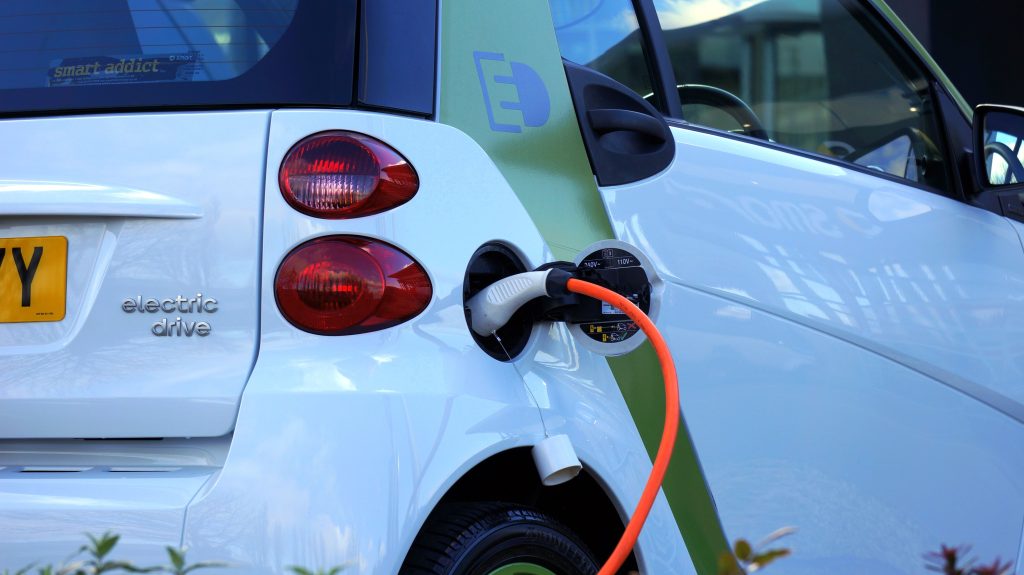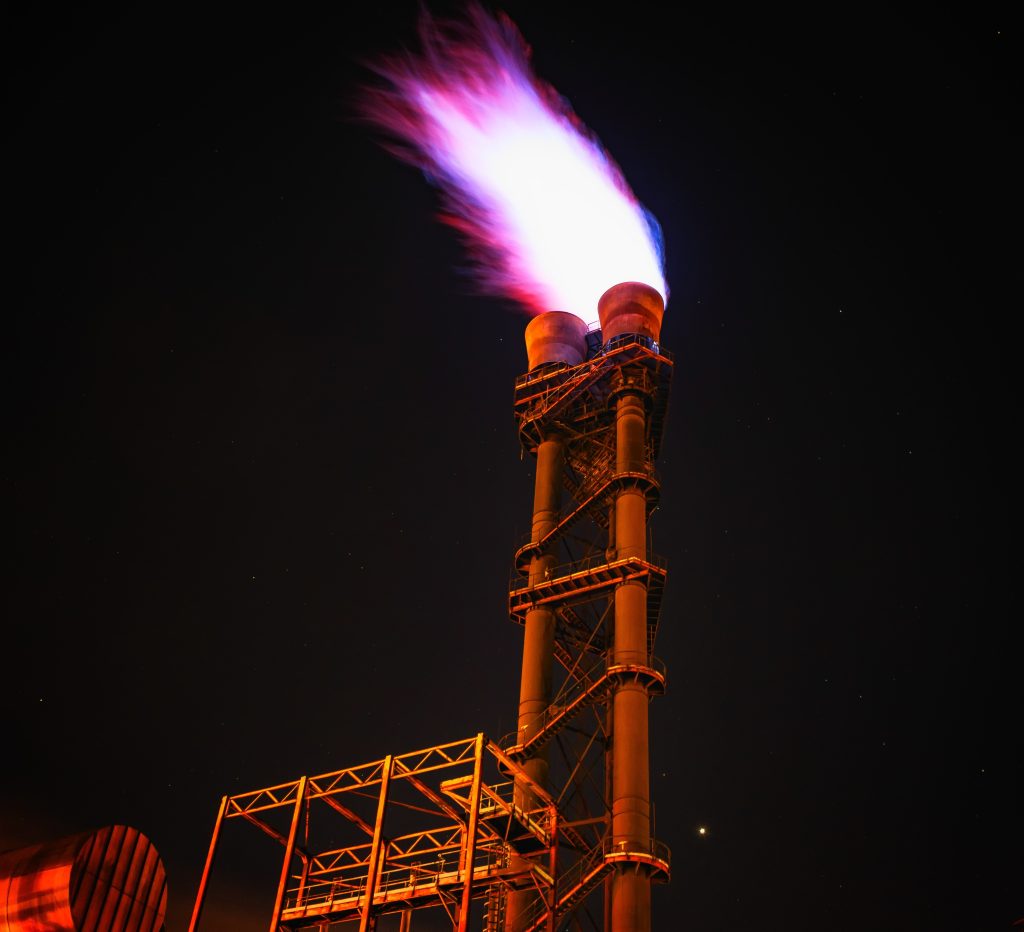For many years, fossil fuels have been the primary energy source for our homes, vehicles, and businesses. However, given their considerable contribution to air pollution, global warming, and other environmental issues, their continuous usage is unsustainable. Fossil fuels must be phased out and replaced with clean, renewable energy sources in order to advance toward a more sustainable energy future. But how much innovation will be required to complete this transition?
Renewable energy technology is a significant field of innovation. We must create and implement renewable energy sources on a much higher scale in order to replace fossil fuels. The most promising renewable energy sources are solar, wind, and hydropower, while there is still opportunity for advancement in terms of efficiency, cost, and scalability. For instance, solar panels have improved significantly in efficiency and cost-effectiveness over the years, but more effort needs to be done to boost these factors even further. In the case of wind energy, improved turbine designs and materials can contribute to boosting energy output and lowering wind energy costs.

Renewable energy sources are often intermittent, which means that they are not always available when energy demand is high. Energy storage systems can help to overcome this challenge by storing excess energy during periods of low demand and releasing it during periods of high demand. There are many different energy storage technologies available, including batteries, flywheels, and pumped hydro storage, and new innovations are continually emerging. For example, advances in battery technology have led to the development of longer-lasting and more powerful batteries, which can store more energy for longer periods of time. This is particularly important for electric vehicles (EVs), which rely on batteries to store energy for use on the road.
Another area that requires innovation is energy efficiency. The quantity of energy necessary to meet human demands can be decreased by increasing the energy efficiency of buildings, transportation, and industry. This in turn reduces the amount of renewable energy needed to replace fossil fuels. For instance, better building insulation and design can assist to cut down on energy losses in structures, and more energy-efficient modes of transportation, such electric vehicles and high-speed trains, can cut down on energy use in the transportation industry. Energy consumption and greenhouse gas emissions in industry can be decreased by using more efficient processes and renewable energy sources.
Integrating renewable energy sources into the current electricity system is also required to make the transition to a future powered by renewable energy. Given that renewable energy sources are frequently located far from where the energy is needed, this is a difficult and complex task. To achieve a smooth and effective transition, innovations in grid management, control systems, and communication technologies are required. For instance, smart grid technology can assist in managing the flow of energy between various sources and guarantee that energy is utilised as effectively as possible. Real-time energy supply and demand balancing can be achieved with the use of advanced control systems, while improved grid monitoring and control can be achieved with the aid of modern communication technologies.

The reliance on fossil fuels and authoritarian regimes for energy has become a major concern for the world in recent years. In the past, it was the oil-producing countries of the OPEC cartel that manipulated energy markets, but now it is the actions of Russia, an oil and gas powerhouse, that serve as a reminder of the dangers of relying on such regimes. At the same time, the growing concern about climate change has further emphasized the need to phase out fossil fuels.
Another area where innovation is required is carbon capture and storage (CCS). Through the capture and storage of carbon dioxide before it is released into the atmosphere, CCS technology can assist in lowering greenhouse gas emissions from fossil fuel power plants. Even while CCS technology is still in its infancy, it has the potential to be extremely important in the future in terms of lowering greenhouse gas emissions. To hasten the development and application of CCS technologies and to guarantee their effectiveness, however, a considerable investment is required.
The growing worry about climate change is the second factor influencing the transition away from fossil fuels. Nearly 200 nations have agreed to limit greenhouse gas emissions, and many are already moving toward a decarbonized energy system in an effort to prevent its worst effects. As a result, efforts to phase out fossil fuels and make the switch to a more sustainable energy future have been increased.
Finding a practical replacement for fossil fuels is one of the major obstacles in this transition. Solar, wind, and other renewable energy sources are becoming more and more significant, but they must be created and used on a far bigger scale in order to displace fossil fuels. Energy storage systems, such as batteries, are also critical, as they allow excess energy to be stored and used when needed. Reducing energy consumption can lessen the need for renewable energy through increasing energy efficiency in buildings, transportation, and industries.
In conclusion, efforts to phase out fossil fuels and make the transition to a more sustainable energy future have been stepped up in response to the twin forces of the risks of reliance on authoritarian governments and the growing concern about climate change. Even though this transition is fraught with difficulties, there is also a lot of room for innovation in fields like energy storage, renewable energy, and efficiency. The creation of a decarbonized energy system is feasible, but it will demand a huge commitment from global leaders in business, government, and society.



